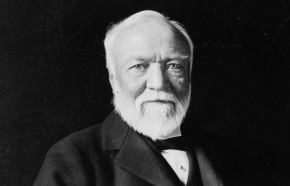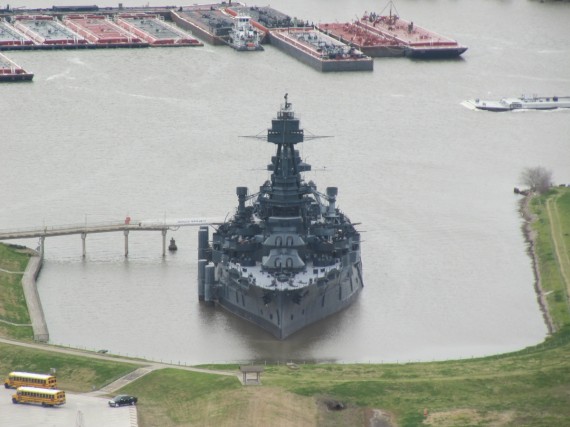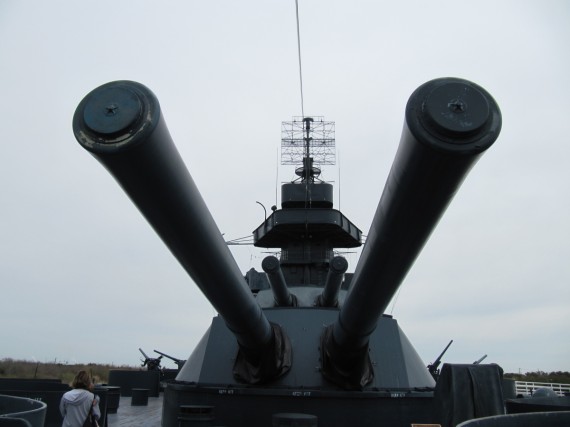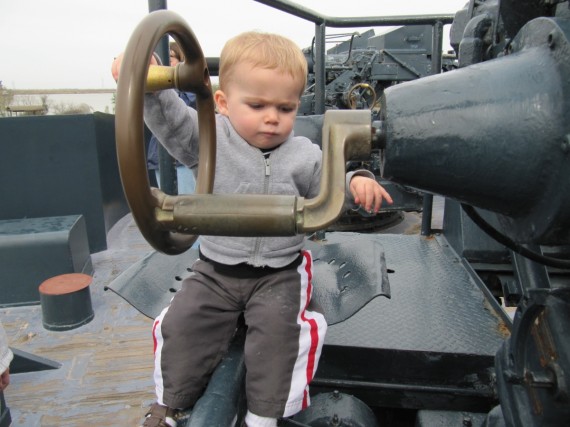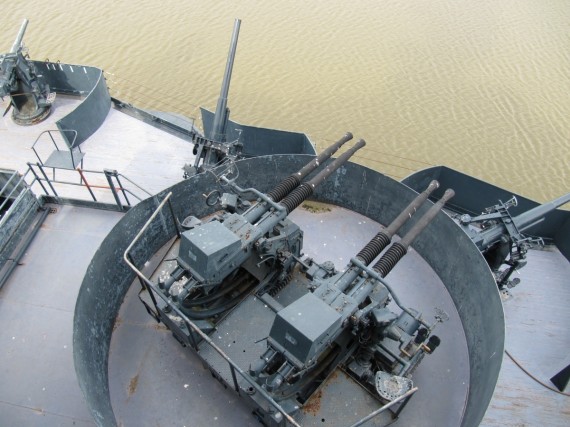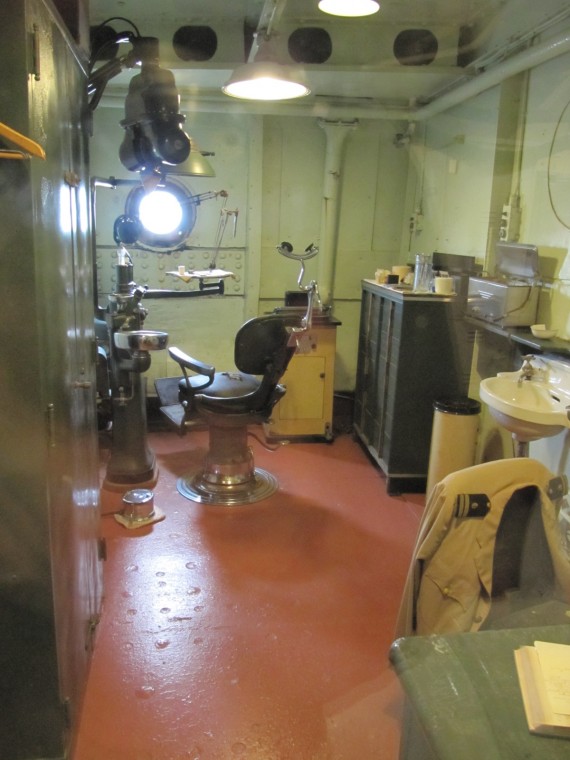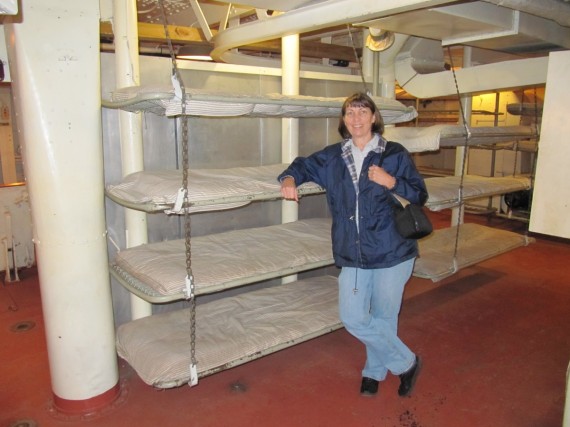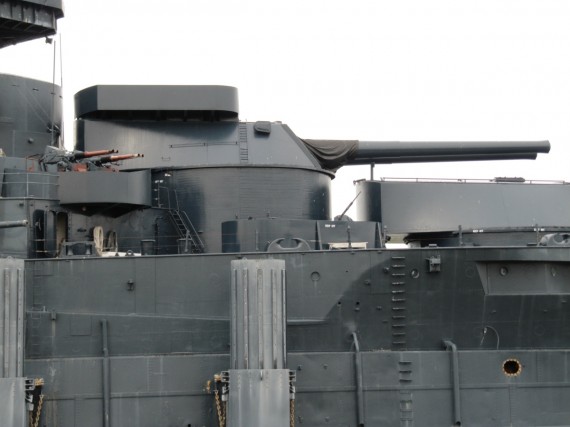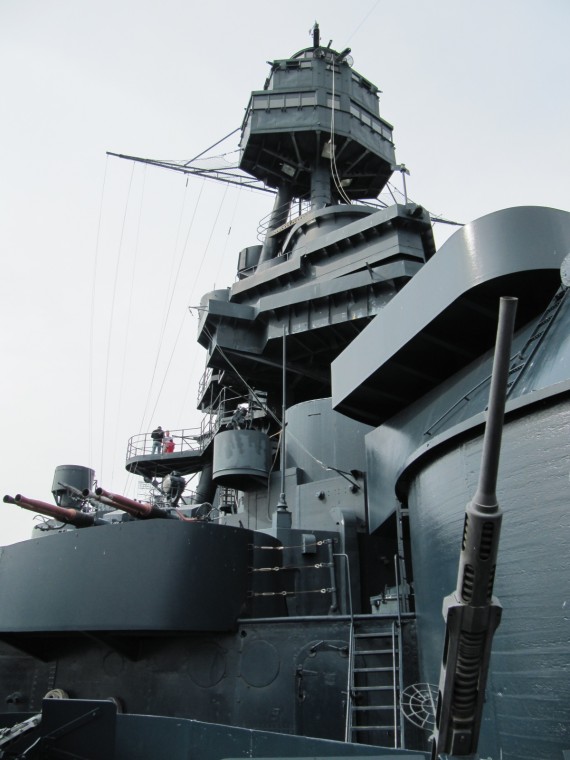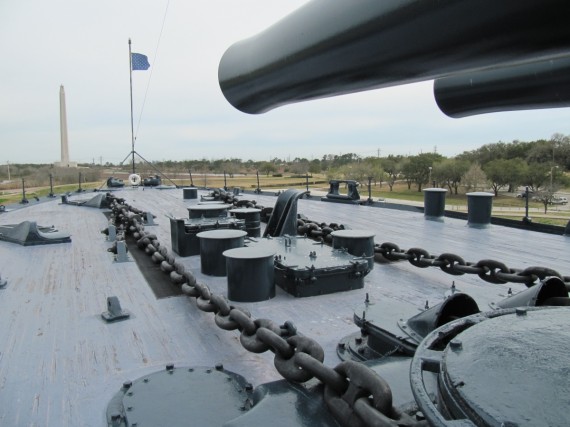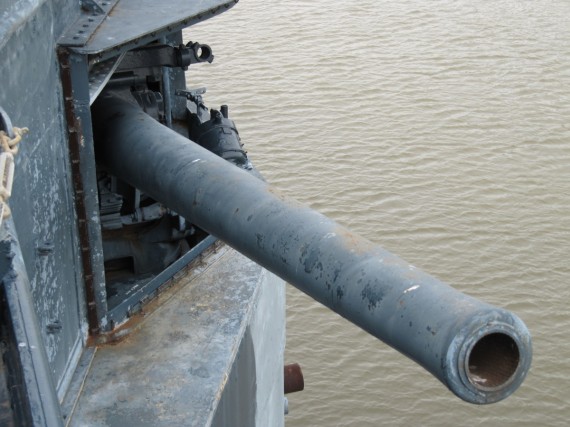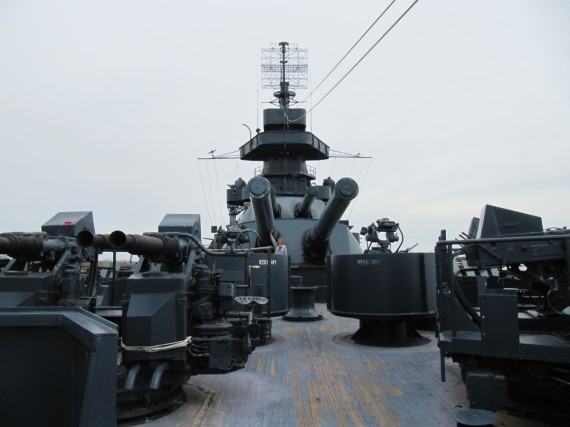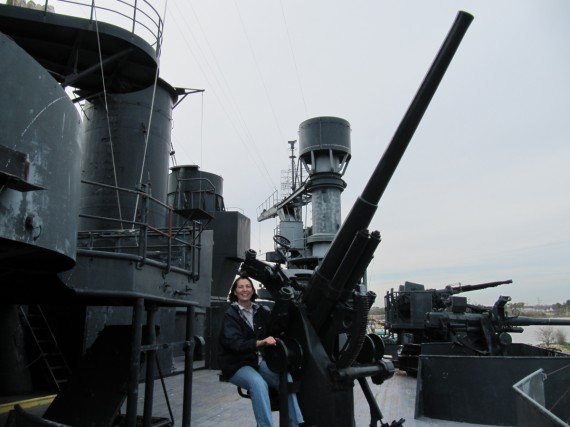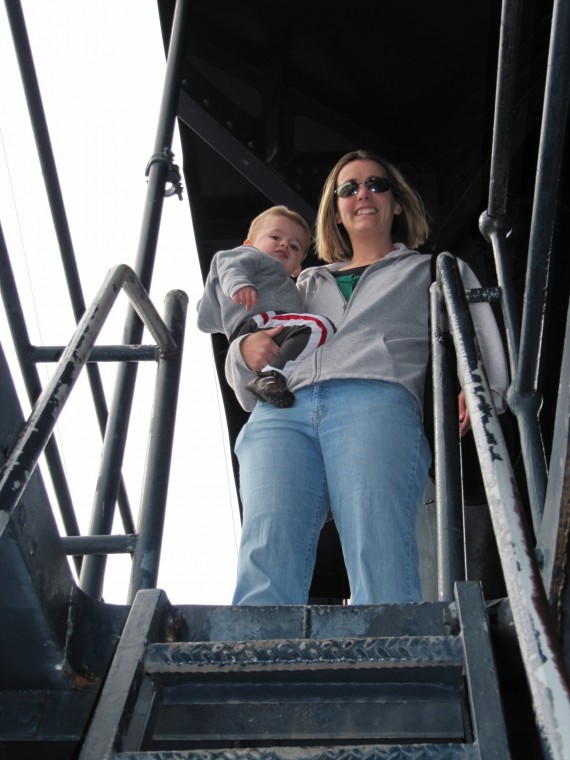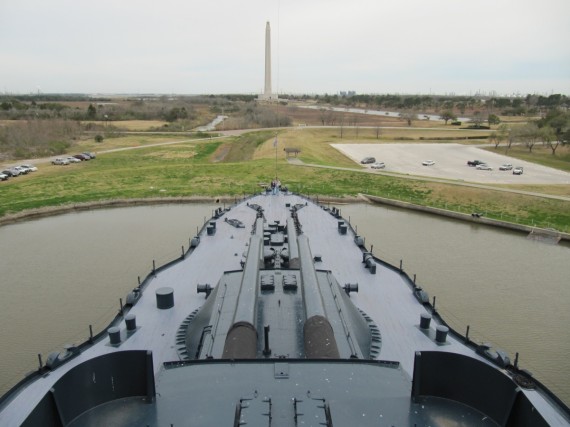The following was adapted from the Improvement Era magazine of February 1911.
No More War?
For the abolition of international war, Mr. Andrew Carnegie has transferred to a board of trustees, twenty-seven in number, Senator Root of New York as president, ten million dollars, in five per cent first mortgage bonds.
The proceeds, five hundred thousand dollars annually, is to be freely used by the board to establish a lasting, world-wide peace.When war is abolished, the fund is still to be used for the banishment of the next most degrading evil.
[100 years later, we have wars or conflicts in Afghanistan, Balochistan, Cambodia, Chad, Côte d’Ivoire, Ingushetia, Iran, Iraq, Mexico, North Caucasus, North West Pakistan, Sahara, Somalia, South Thailand, South Yemen, Sudan, and Yemeni.
Founded in 1910, the Carnegie Endowment for International Peace is still in operation.]
Falling Mule Death
Elder John Edward Kirkman, son of Mr. and Mrs. John Kirkman, of Salt Lake City, and who was laboring as a missionary in the Hawaiian Islands, came to his death by drowning in the sea, on January 10.
He was riding a mule along the edge of a precipitous cliff on the island of Maui, when the mule missed its footing and fell with its rider into the sea, and both were carried away with the tide.
Elder Kirkman’s body was found on January 15, and was buried in Kipehulu.
[This is not the end of the Falling Mule story]
Passenger Interchange
The Western Pacific Railway has arranged with the Denver and Rio Grande Western Railroad and the Santa Fe for the interchange of passengers. This now gives Salt Lake City three trans-continental lines.
The Western Pacific promises to become a strong factor in the material development of the territory traversed by it in Utah, Nevada and California.
[Western Pacific was acquired in 1983 by Union Pacific. In 1988, Rio Grande Industries purchased the Southern Pacific Railroad, the combined company taking the Southern Pacific name. In 1995, the Atchison, Topeka and Santa Fe Railway merged with the Burlington Northern Railroad to form the Burlington Northern and Santa Fe Railway. In 1996 Southern Pacific was purchased by Union Pacific.]
Adapted from: “Passing Events”, Improvement Era, Vol. XIV. February, 1911. No. 4.

